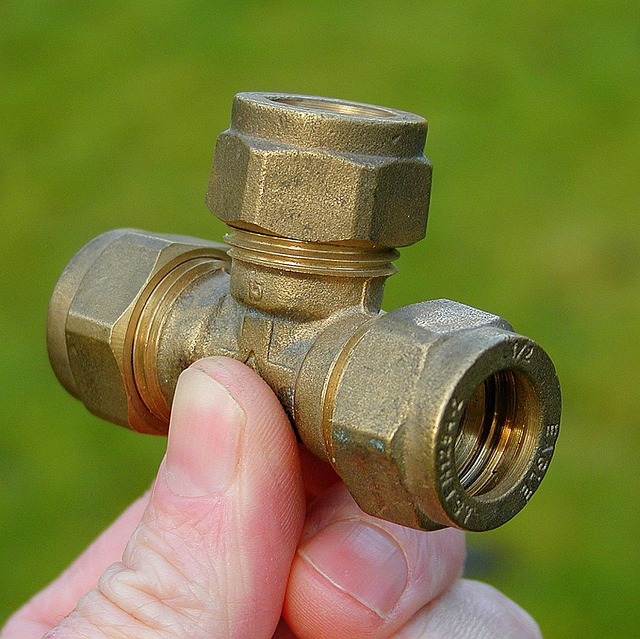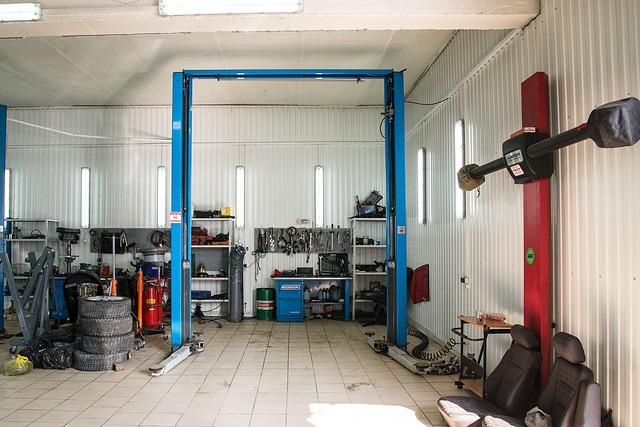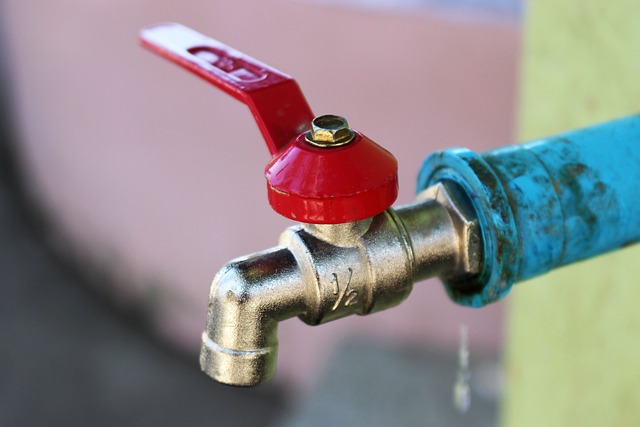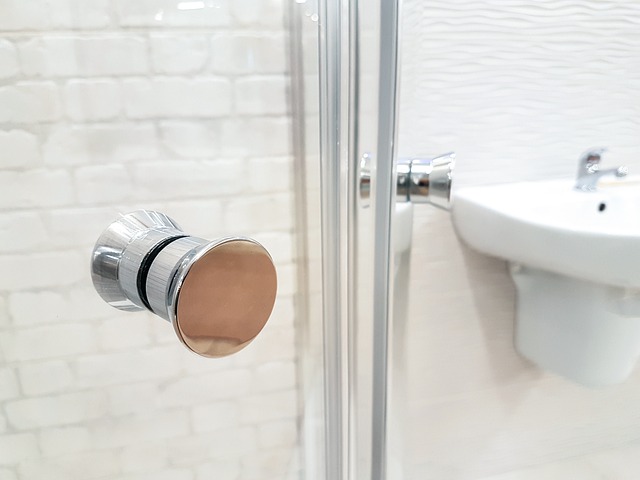Residential plumbing services play a vital role in maintaining homes by detecting and fixing leaks before they cause damage or expensive repairs. Using advanced tools, professionals identify even small leaks hidden behind walls or under floors, conserving water and saving money. Regular inspections, documentation of concerns, and understanding one's plumbing system help homeowners prepare for leak detection. Prompt action on subtle signs like drips or unusual noises is crucial to avoid extensive damage. Choosing reputable companies with strong leak detection expertise ensures thorough, technology-driven inspections leading to tailored solutions. Homeowners can also prevent leaks through regular maintenance, checking pipes for wear and corrosion, installing efficient fixtures, and availing of residential plumbing services' inspection packages.
In the quest for maintaining a comfortable and safe home, understanding residential leak detection is paramount. This comprehensive guide delves into the intricate world of plumbing leaks, offering insights on their types, importance of timely identification, and the step-by-step process of detection. From advanced technology to preparation tips and common mistakes, we explore strategies to prevent costly damage. Discover how the right choice in residential plumbing services can safeguard your home, emphasizing preventive measures to avoid plumbing leaks altogether.
Understanding Residential Leak Detection: The Basics

Residential leak detection is a critical aspect of home maintenance, often overlooked until water damage occurs. It involves identifying and locatating leaks within a residential plumbing system before they cause significant harm or expensive repairs. This process is crucial for maintaining a safe, dry living environment and minimizing financial burdens associated with water damage restoration.
Homeowners may not always be aware of leaks until they notice signs like unexplained water bills, mold growth, or musty odors. Professional residential plumbing services employ advanced tools and techniques to detect even the smallest leaks behind walls, under floors, or in hidden spaces. These methods include moisture meters, thermal imaging cameras, and audio devices that can pinpoint the source of a leak based on sound waves, helping to save time and resources during the repair process.
Common Types of Plumbing Leaks in Homes

In homes, plumbing leaks can manifest in various forms, each requiring specific attention from residential plumbing services. One of the most common types is pipe leaks, which often occur due to corroded or damaged pipes, especially in older homes. These leaks can start as subtle drips and, if left unaddressed, escalate into significant water damage over time. Another frequent issue is leakages at fixtures like faucets and showerheads. This may be caused by worn-out gaskets or seals that need replacement to prevent continuous water wastage.
Additionally, many homes experience leaks in their water heaters, which can lead to not only water loss but also increased energy bills. These types of leaks often involve faulty connections, corrosion inside the tank, or aging components. Addressing these common plumbing leak issues promptly is crucial to save on repair costs and prevent severe water damage, making residential plumbing services an essential part of home maintenance.
Importance of Timely Leak Identification

Identifying leaks at their early stages is paramount in residential plumbing services for several reasons. A timely leak detection can prevent minor issues from escalating into major, costlier problems. Water leaks often go unnoticed until they manifest as visible damage or significantly increased water bills. By then, the repair costs tend to be higher, and the restoration process more extensive. Regular check-ins and advanced detection technologies are key to catching these elusive culprits before they cause significant harm. Early intervention not only saves money but also preserves the integrity of your home’s structure and belongings.
Steps Involved in Residential Leak Detection Process

The residential leak detection process involves several crucial steps, ensuring any water leaks are identified and addressed promptly by top-notch residential plumbing services. It begins with a thorough inspection, where professionals utilize advanced tools like moisture meters and thermal imaging cameras to scan through walls, floors, and ceilings for any signs of water intrusion or abnormal temperature patterns, which can indicate hidden leaks.
Following the initial inspection, the detection experts pinpoint potential leak sources by analyzing the property’s plumbing system, including checking for faulty pipes, broken fixtures, or worn-out seals. They may also employ non-invasive methods like pressure testing or sound detection to further isolate the leak’s location. Once identified, the next step is to fix the issue, requiring skilled technicians to repair or replace affected components, thereby stopping water waste and preventing potential damage to the property.
Advanced Technology in Plumbing Leak Detection

The evolution of technology has significantly transformed the landscape of residential plumbing services, particularly in leak detection. Traditional methods often relied on manual inspections and time-consuming processes to identify leaks, but modern advancements have revolutionized this sector. Today, advanced technologies like smart sensors and non-invasive imaging systems are being employed to pinpoint leaks with unprecedented accuracy and efficiency.
These cutting-edge tools can detect even the subtlest moisture variations, enabling plumbers to locate leaks without causing further damage or disruptions to a home’s infrastructure. By integrating these innovative solutions into their service offerings, residential plumbing services enhance their capabilities, ensuring faster response times and more effective leak mitigation strategies for homeowners.
How to Prepare for a Plumbing Leak Inspection

Before scheduling a residential plumbing leak inspection, there are several steps you can take to prepare. Begin by identifying and documenting any existing concerns or signs of potential leaks, such as unusual noises from pipes or water pressure fluctuations. Marking the locations of these issues will help the inspector quickly assess problem areas.
Next, gather essential information about your home’s plumbing system, including the ages of major components like pipes, fixtures, and appliances. This background knowledge can provide valuable context during the inspection. Additionally, ensure that access points to critical areas like basements, attics, and crawl spaces are clear and easily accessible for the inspector to perform a thorough evaluation. By following these preparation tips, you’ll facilitate a more efficient and accurate residential plumbing services leak inspection.
Common Mistakes Homeowners Make Regarding Leaks

Many homeowners often underestimate the importance of regular leak detection, a critical aspect of residential plumbing services. They tend to overlook subtle signs like small drips or frequent water meter fluctuations, assuming they are insignificant. However, these seemingly minor issues can lead to significant water waste and substantial damage over time. Homeowners might also delay addressing leaks due to fear of high repair costs, but prompt action is key. Ignoring leaks allows them to spread, causing more extensive and expensive damage to homes, from warped floors to structural instability.
Another common mistake is relying solely on visual cues. Leaks aren’t always visible, especially in hidden areas like walls or under floors. Homeowners should be aware of unusual noises, such as dripping sounds coming from pipes, which could indicate a leak’s presence. Regular checks and professional residential plumbing services are essential to identify and fix leaks before they become severe, saving homeowners from costly repairs and potential disaster.
Choosing the Right Residential Plumbing Services

When choosing residential plumbing services, it’s crucial to select a company with a proven track record and specialized expertise in leak detection. Look for professionals who employ advanced technology and methods to identify even the most subtle leaks, ensuring thorough inspections. Reputable companies will also offer comprehensive solutions, from repair to replacement, tailored to your specific needs.
Reputation and customer reviews are vital indicators of quality. Opt for services that prioritize open communication, providing transparent estimates and flexible scheduling. Their ability to explain processes clearly and address any concerns demonstrates professionalism and a commitment to customer satisfaction.
Preventive Measures to Avoid Plumbing Leaks

Regular maintenance is key to preventing plumbing leaks in homes. Homeowners can take several proactive steps to safeguard their properties from potential water damage. One effective measure is staying vigilant about checking and repairing any worn-out or damaged pipes, fittings, and valves. This includes examining pipes for corrosion, leaks, or signs of wear, especially in areas prone to freezing temperatures, as frozen pipes can burst and cause extensive damage.
Additionally, installing modern fixtures and appliances that are water-efficient and designed with leak-prevention features can significantly reduce the risk. Many residential plumbing services offer regular inspection packages that include checking for leaks, ensuring proper drainage systems, and providing valuable insights into maintaining a home’s plumbing health. By combining these preventive measures, homeowners can minimize the chances of costly plumbing leaks and extend the lifespan of their homes’ water systems.
